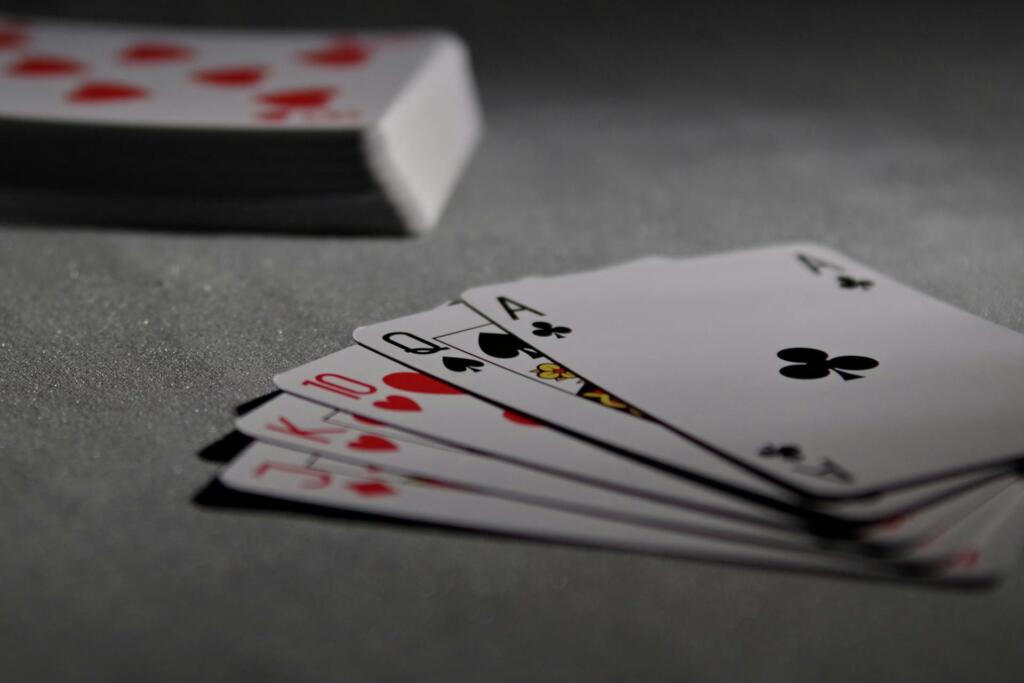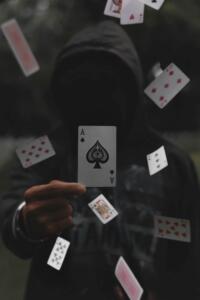Table of Contents
Card games have been part of cultural traditions for centuries, providing entertainment, encouraging social interaction, and bringing people together. They’re not just a way to pass time, they offer a glimpse into the history and values of the places where they are played all around the world.
Card Games in Oceania: Australia and New Zealand
In Oceania, card games reflect a blend of European influences and local traditions. In New Zealand, card games like Rummy have been popular for decades, often played at social gatherings or local clubs. Meanwhile, in Australia, 500 holds a nostalgic charm, frequently associated with family gatherings and Australian pub culture. Despite a love for traditional games, modern trends now show how pokies dominate Kiwi gambling, reflecting a change in entertainment preferences.
Royalty and Rituals: Card Games in Indian Culture
In India, card games often hold a deeper meaning, combining skill, luck, and tradition. Teen Patti, similar to poker, is widely played during Diwali celebrations. It’s also seen as a way to invite prosperity and good fortune. The mix of chance and strategy in Teen Patti reflects values of balance and resourcefulness.
Historically, the Mughal courts popularized Ganjifa, a card game with Persian roots that used hand-painted decks featuring intricate designs of gods, kings, and celestial imagery. These cards were more than just a way to play games; they were also considered artistic expressions.
Luck or Strategy? Chinese Games Like Dou Di Zhu and Mahjong
In China, card games such as Dou Di Zhu and tile-based games like Mahjong are culturally very important. Dou Di Zhu is a quick card game for three, where players take on roles such as “landlords” and “peasants”. This adds a playful element to the game while still challenging players to think strategically.
Mahjong, often played in tea houses or during social gatherings, serves as both a pastime and a way to strengthen relationships. The game’s complicated rules and strategies promote patience, critical thinking, and cooperation, values deeply rooted in Chinese culture and traditions.
The Story of Tarot in Italian Card Gaming Traditions
Many people associate Tarot cards with fortune-telling, but their origins are tied to Italian card games. In the 15th century, Tarocchi was a popular game among Italian nobility. The decks used for Tarocchi featured highly detailed, artistic images that reflected Renaissance storytelling and culture. These cards often illustrated mythical figures, moral lessons, and virtues, making them both a game and a cultural artifact.
Although Tarot cards eventually became linked to mysticism, their original purpose was to show how games can combine strategy, storytelling, cultural heritage, and artistic expression.
Card Games Create Connection
Card games have a way of bringing people together, whether during festivals, at family gatherings, or in local meeting places. They’re not just about competition, they’re about creating connections. Whether it’s learning to understand the detailed rules of Dou Di Zhu or learning the history behind Tarot cards, card games remind us that culture shapes the way we play, share, and bond.
Card Games in the Middle East
In Middle Eastern cultures, card games often blend intellectual challenge with traditions of hospitality and togetherness. One of the most beloved games across the Arab world is Baloot, a trick-taking game similar to the French game Belote. Played primarily in Saudi Arabia and the Gulf region, Baloot is not only a test of memory and strategy but also a staple at social gatherings, especially among men.
In many households, offering tea or coffee during a card game is a sign of warmth and respect. The act of playing cards becomes intertwined with storytelling, laughter, and strengthening community bonds.
Latin America’s Love for Lotería and Truco
In Latin America, card-based games also play a central role in community life. Mexico’s Lotería, though more of a bingo-style game with picture cards, shares cultural DNA with traditional card games. Each card features vibrant illustrations and is called out poetically, creating an atmosphere of shared heritage and play.
Meanwhile, in countries like Argentina, Uruguay, and Brazil, Truco is a game of bluffing, wit, and dramatic gestures. It’s often played in loud, passionate rounds, reflecting the expressive culture of the region. Truco games are as much about reading people as they are about reading cards—showing how Latin American social life and competitive spirit are deeply linked.
Card Games in Africa
While many African countries inherited European-style card games through colonial history, they have since localized and adapted these games in unique ways. In countries like Nigeria, Whot—a game played with a special deck of numbered and symbol-based cards—has become widely popular. It’s known for its fast-paced rounds and the shouting of card names, creating a fun and energetic vibe.
Games like Spar or local variations of Rummy are played at markets, bus stops, and during family time, showing how card games integrate into daily rhythms and community spaces across the continent.
Card Games in the Modern World
With the rise of smartphones and the internet, card games have undergone a digital transformation. Online platforms now allow players from different cultures to challenge each other in global tournaments, play casually with friends, or even explore AI-powered versions of traditional games.
Digital versions of Poker, Solitaire, and collectible card games like Hearthstone or Magic: The Gathering have created new communities, bringing old traditions into modern formats. While the medium has evolved, the essence remains—card games continue to connect people through shared rules, competition, and cultural narratives.




